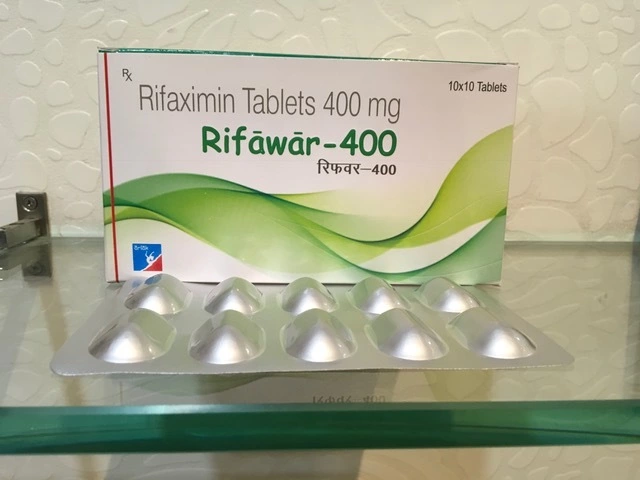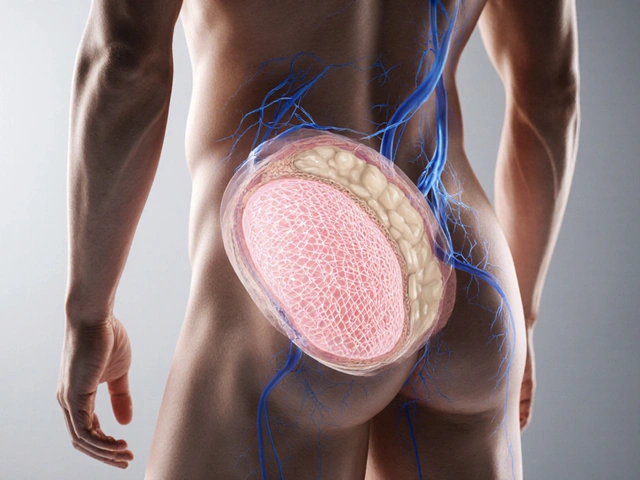Infant Dental Care: Essential Tips for Parents
When caring for infant dental care, the practice of keeping a baby’s gums and teeth healthy from birth onward. Also known as baby oral health, it sets the stage for a lifetime of strong smiles.
Infant dental care isn’t just about brushing; it’s a whole routine that protects tiny teeth from the first bite of milk to the first solid foods. The first step is a soft, infant‑size toothbrush and a smear of fluoride toothpaste—about the size of a grain of rice—once the first tooth appears. Gentle circular motions clean the front, back, and gum line without hurting delicate gums. Parents often wonder when to start; the answer is simple: as soon as the first tooth erupts, usually between four and seven months. Consistency matters, so make it a part of morning and bedtime routines.
Another core element is understanding teething, the natural process when a baby’s first teeth break through the gums. Teething can bring fussiness, drooling, and sore gums, but it also signals that oral structures are developing. Cold teething rings, a clean damp washcloth, or a gentle gum massage can ease discomfort. While the pain is temporary, the habit of cleaning those emerging teeth should begin right away. At the same time, fluoride, a mineral that strengthens enamel and prevents decay plays a protective role. In many regions, community water supplies contain optimal fluoride levels, but for infants, a low‑dose toothpaste is safer and still effective. Parents should avoid swallowing large amounts and consult a pediatric dentist if they’re unsure about the right fluoride concentration.
Speaking of professionals, a pediatric dentist, a dental specialist trained to care for children's oral health from infancy through adolescence should be part of the plan. The American Academy of Pediatric Dentistry recommends the first dental visit by the child's first birthday or when the first tooth appears. This early check‑up helps spot any developmental issues, offers guidance on brushing technique, and provides personalized advice on diet and bottle habits. Speaking of diet, prolonged bottle feeding—especially with sugary liquids—can lead to "baby bottle tooth decay." Limiting night‑time bottles, encouraging water after meals, and introducing solid foods at the appropriate age all reduce the risk.
Practical Steps to Keep Those Little Teeth Healthy
Putting everything together, parents can follow a simple checklist: 1) Start brushing as soon as the first tooth shows, using a soft brush and a rice‑sized dab of fluoride toothpaste; 2) Keep a routine—morning and night—to build a habit; 3) Offer teething relief with chilled toys, not sugary gels; 4) Limit sugary drinks and avoid putting a baby to bed with a bottle; 5) Schedule the first dental appointment by twelve months; 6) Ask the pediatric dentist about the best fluoride product for the child’s age. These actions create a protective environment that reduces cavities, supports proper bite development, and helps the child feel comfortable with oral care.
Below you’ll find a curated selection of articles that dive deeper into each of these topics— from detailed brushing guides to choosing the right pediatric dentist and managing teething pain. Use them as a roadmap to build confidence in your infant’s oral health journey.

Teething Pain & Baby Oral Health: Essential Guide for Parents
- Date: 30 Sep 2025
- Categories:
- Author: David Griffiths
Learn how to soothe teething pain, protect your baby's oral health, and know when to seek professional help in this comprehensive, parent-friendly guide.




